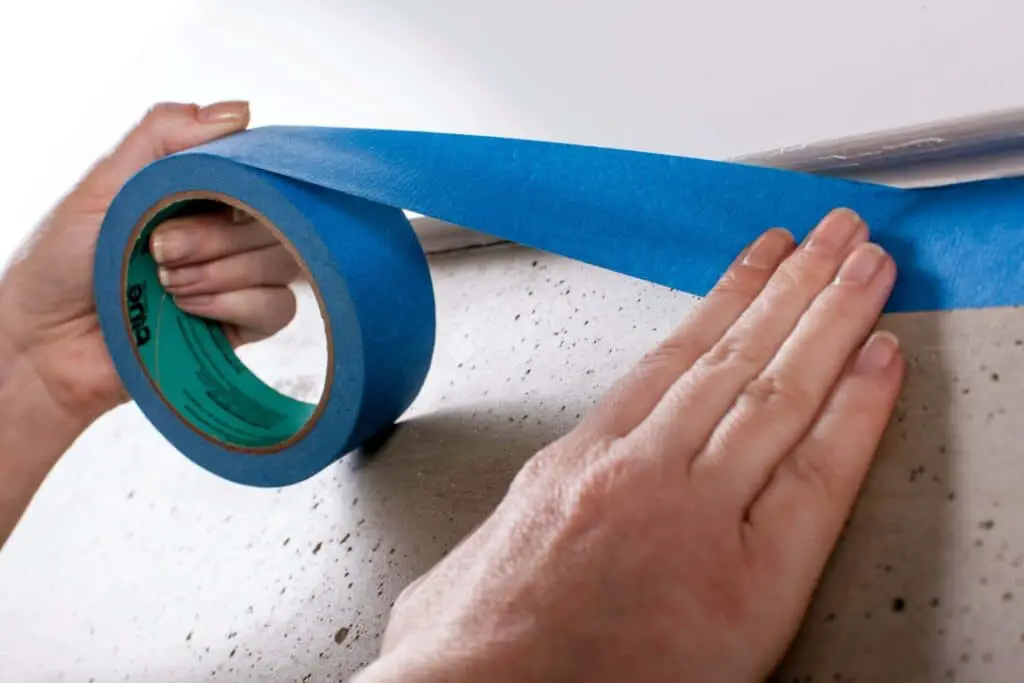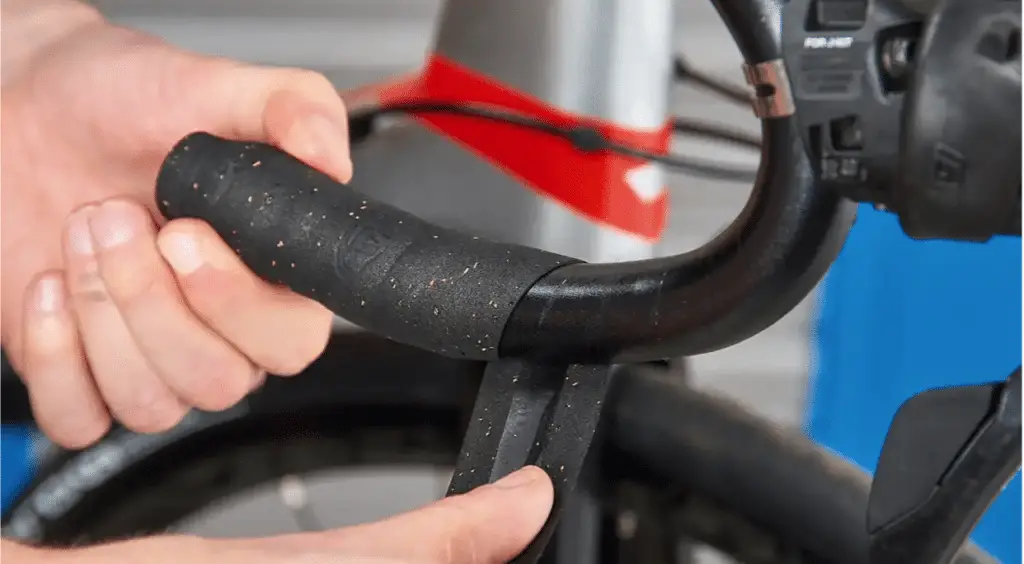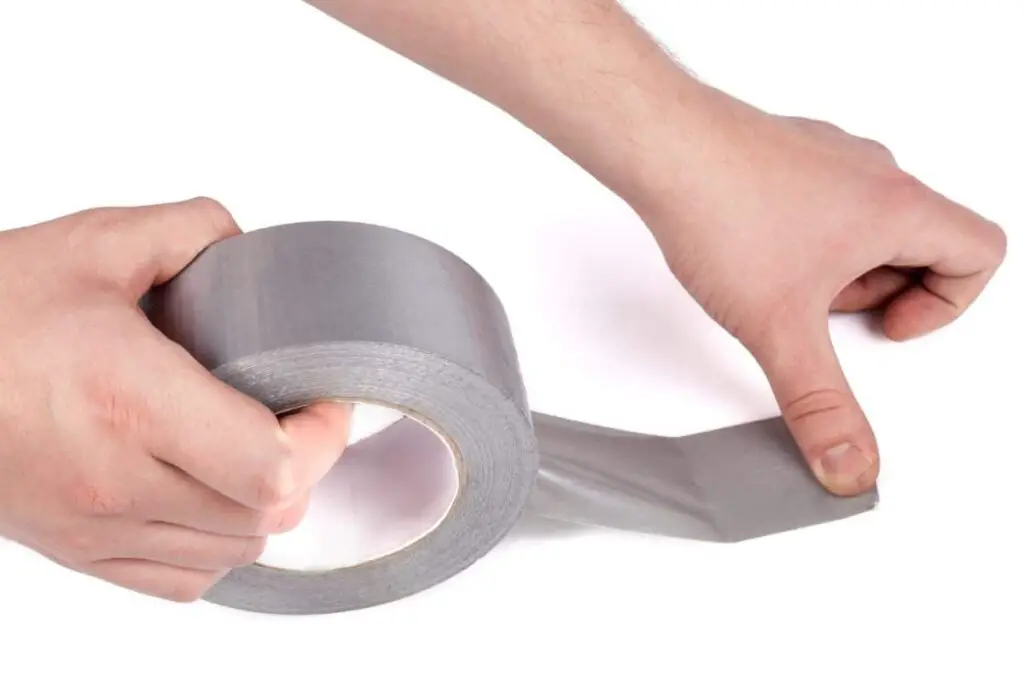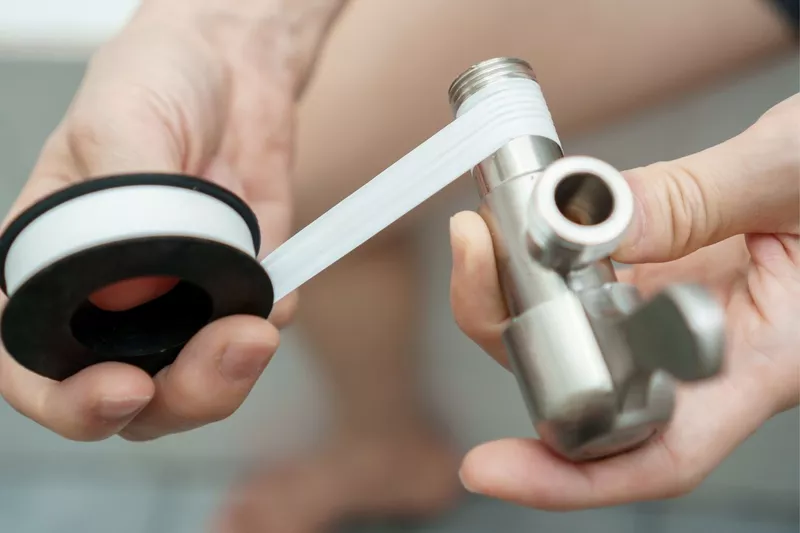How To Wrap Plumbing Tape
Introduction
When it comes to plumbing repairs or installations, one essential tool that every DIY enthusiast or professional plumber should have in their arsenal is plumbing tape. Also known as Teflon tape or thread seal tape, plumbing tape is a thin, flexible strip made from polytetrafluoroethylene (PTFE). Its primary purpose is to create a watertight seal on threaded plumbing connections, preventing leaks and ensuring proper functionality.
The step-by-step process of wrapping plumbing tape to achieve effective sealing and avoid potential plumbing mishaps. Whether you are fixing a leaky pipe, installing a new fixture, or undertaking any plumbing project that involves threaded connections, mastering the art of wrapping plumbing tape is crucial. The necessary tools and materials needed for the job, explain the different types of plumbing tape available, and provide detailed instructions on how to correctly apply the tape for optimal results.
Common mistakes to avoid and offer helpful tips and tricks to enhance your wrapping technique. By following this comprehensive guide, you will gain the knowledge and confidence to tackle various plumbing tasks with ease. Properly wrapping plumbing tape will not only save you from potential water damage and costly repairs but also ensure the longevity and efficiency of your plumbing system.

How Many Times Do You Wrap Plumber’s Tape?
By using a PTFE tape sealant with a minimum thickness of 2.5 mil. You ensure that the tape is thick enough to provide a good seal and you won’t waste tape. To ensure a good seal, wrap the tape in the direction of the threads. You only need to use 2-3 wraps of tape, however thinner tape may need 4-5 wraps.
It depends on the job and the size of the pipe or fitting being worked on to figure out how many wraps of plumber’s tape. Which is also called Teflon tape or thread seal tape, are needed. Most of the time, plumber’s tape should be wrapped around the threads of the pipe or fitting two to three times.
Plumber’s tape is used to make a watertight seal between threaded connections. This stops leaks and makes sure the joint is stable. The tape is made of polytetrafluoroethylene (PTFE), a thin. Bendable material that doesn’t react well with chemicals and can handle high temperatures.
Before you put plumber’s tape on a pipe or fitting, clean the threads to get rid of any dirt, debris, or old tape. Start wrapping the tape around the thread in the opposite way and make sure it covers the whole threaded part. The tape should be put on snuggly, but not too tightly, because too much tension can cause it to tear. Two wraps of plumber’s tape are generally enough for smaller pipes or fittings. For bigger lines or fittings, though, you might need three wraps to make sure the seal is good. It’s important to remember that too much tape can cause problems. Like making it hard to tighten the link or even cracking the joint.
Does Plumbers Tape Go On Clockwise?
You must apply thread tape by turning it clockwise around the thread. When the fitting is connected, the fitting is installed the same clockwise direction, sealing the fitting & not pealing back.
Plumber’s tape, which is sometimes called Teflon tape or thread seal tape. It is used a lot in plumbing to make a watertight seal between threaded joints. It is usually best to wrap plumber’s tape around in a clockwise direction when putting it on.
Plumber’s tape should be wrapped clockwise to make sure it stays in place while the threaded parts are being tightened. The direction of the wrap on the tape makes it stick to the threads better when the link is tightened clockwise. This keeps the tape from coming apart or coming loose during the tightening process.
Before you put plumber’s tape on, clean the threads of the pipe or fitting to get rid of any dirt or old tape. Wrap the tape around the threads in a clockwise direction. h
Holding the end of the tape against the beginning of the threads. It is important to keep the tape tight but not too tight so that it doesn’t tear or get damaged. You can make sure the plumber’s tape stays in place while you tighten the link by wrapping it around in a clockwise direction. This helps to make a strong seal that stops leaks and keeps the joint safe.
Does Pipe Tape Go With Or Against Thread?
It’s imperative to apply Teflon tape in the same direction of the thread, which is clockwise on most fittings. If the tape is wrapped in a counterclockwise direction (or against the direction of the thread) it will unravel when mating into the female connection.
Pipe tape, commonly known as Teflon tape or thread seal tape, is used to create a tight and leak-proof seal between threaded connections in plumbing applications. When applying pipe tape, it should be wrapped in the same direction as the threads on the pipe or fitting.
The purpose of pipe tape is to fill in the gaps between the threads, creating a smooth and even surface that prevents leaks. By wrapping the tape in the same direction as the threads. You ensure that it conforms to the shape of the threads and provides a proper seal.
To apply pipe tape, start by cleaning the threads of the pipe or fitting to remove any debris or old tape. Hold the end of the tape against the starting point of the threads and begin wrapping it in the same direction as the threads. Typically, this means wrapping the tape in a clockwise direction.
It’s important to note that when wrapping the tape, it should be applied snugly but not too tightly. Excessive tension can cause the tape to tear or prevent a proper seal. As you wrap the tape, slightly stretch it to ensure it conforms to the threads and fills in any gaps. Once the tape is applied, you can proceed to connect the threaded components. Tighten the connection firmly but avoid over-tightening, as this can damage the threads or cause the joint to crack.

What Is The Purpose Of Plumber’s Tape?
Its main job is to keep water out of pipe joints that don’t have a rubber seal, like those where a metal nut is needed to tighten the threaded end of a metal pipe. Teflon tape keeps connections from drying out, which helps with threading and makes it easy to take the connection apart.
Plumber’s tape, which is also called Teflon tape or thread seal tape, is used in plumbing to make a watertight seal between threaded joints. Polytetrafluoroethylene (PTFE), which is used to make this thin. Bendable tape, is very resistant to chemicals and can handle high temperatures.
Plumber’s tape is mostly used to keep plumbing parts from leaking. There may be small holes or other flaws between the threads when two threaded parts, like pipes or fittings, are joined together. Plumber’s tape fills in these holes and makes the surface smooth and even. This seals the link well and stops gas or water leaks.
Plumber’s tape can also be used as a lube while the pipe is being tightened. The tape makes it easy to tighten or loosen the threaded parts. Which lowers friction and makes it easier to make a secure link. This is especially helpful when the threads are old, worn, or likely to get stuck.
You can use plumber’s tape on a lot of different types of plumbing materials, like metal and plastic lines. The most common use for it is in plumbing to connect lines, fittings, valves, faucets, and showerheads.
How Long Does Plumbing Tape Last?
Silicone tape can help form a temporary waterproof seal and prevent water from leaking until you replace the pipe. How Long Does Pipe Leak Tape Last? Pipe thread tape can last for years. As long as the joint isn’t leaking, you can consider it a long-term solution.
The longevity of plumbing tape, also known as Teflon tape or thread seal tape. Can vary depending on various factors such as the quality of the tape, the conditions it is exposed to, and the specific plumbing application. However, in general, plumbing tape can last for several years.
The primary purpose of plumbing tape is to create a watertight seal between threaded connections in plumbing applications. It is designed to withstand the rigors of plumbing environments, including exposure to water, chemicals, and varying temperatures.
High-quality plumbing tape, made from durable materials such as PTFE (polytetrafluoroethylene), tends to have a longer lifespan. These tapes are resistant to degradation, corrosion, and chemical reactions, which helps maintain their effectiveness over time.
The conditions under which the plumbing tape is used can also impact its lifespan. If the tape is exposed to harsh chemicals or extreme temperatures on a regular basis, it may deteriorate more quickly. Additionally, if the tape is constantly under stress or pressure due to frequent disassembly and reassembly of threaded connections, it may wear out sooner.
What Is Pvc Pipe Wrap Tape?
Tape for wrapping pipes. This PVC tape helps keep metal from rusting and can be used with metal pipe or conduit in places where pressure is important.
PVC pipe wrap tape, which is also called PVC pipe insulation tape or PVC pipe wrapping tape, is an adhesive tape that is made to protect and insulate PVC (polyvinyl chloride) lines. It’s a flexible and long-lasting tape that works well with PVC pipes in a number of ways.
What PVC pipe wrap tape is mostly used for is to keep PVC pipes warm. It stops heat from escaping and keeps condensation from forming on the pipes. Putting insulation around the pipes can help them stay warm in cold weather and save you money on energy costs.
PVC pipe wrap tape does more than just insulate. It also protects PVC lines. There is a shield between it and water, rust, and physical damage. The tape can stand up to poisons, UV light, and different types of weather, so it can be used both inside and outside.
PVC pipe wrap tape is usually made of a PVC film that has a sticky back that sticks to itself when pressure is applied. Because the tape is flexible, it can bend around the lines and make a tight seal. You can get it in different widths and thicknesses to fit different pipe sizes and uses.
Is Plumbers Tape Enough?
For most threaded joints that don’t have a built-in rubber seal, plumber’s tape is the best thing to use. It also helps to lubricate the joint, which makes the sewing a little smoother . And keeps the pipes from getting stuck when you want to take the joint apart.
Plumber’s tape, which is sometimes called Teflon tape or thread seal tape, is a popular plumbing tool used to make a watertight seal between threaded connections. Tape is an important part of making sure that connections don’t leak, but it isn’t always enough on its own.
Plumber’s tape’s main job is to fill in gaps and make the surface smooth so that threaded connections can be tightened more easily. It makes a seal between the threads that helps stop leaks, but it might not be enough in some cases.
In some cases, you may need to use extra binding methods to make sure the joint is strong and lasts a long time. For example, pipe dope or pipe joint compound should always be used with plumber’s tape when working with high-pressure systems or links that need extra security.
Pipe dope, also called pipe joint compound, is a thick substance that is put on the threads before they are joined together. This smooths out any flaws in the threads and makes the plumber’s tape better at closing. Dope on the inside of a pipe can add extra defense against leaks, especially in situations where the temperature or pressure is high.
How Many Layers Of Plumbing Tape Should I Apply?
Generally, three to five wraps of plumbing tape are sufficient. However, the number of wraps may vary depending on the size and type of the pipe fitting. More wraps may be required for larger fittings.
When applying plumbing tape, also known as Teflon tape or thread seal tape. The number of layers to apply can vary depending on the specific application and the size of the pipe or fitting being worked on. Generally, it is recommended to apply two to three layers of plumbing tape for most standard plumbing connections.
The purpose of plumbing tape is to create a tight seal between threaded connections. Preventing leaks and ensuring a secure joint. Applying multiple layers of tape helps to fill in any gaps or imperfections between the threads, providing a more effective seal.
To apply plumbing tape, start by cleaning the threads of the pipe or fitting to remove any dirt, debris, or old tape. Hold the end of the tape against the starting point of the threads. And begin wrapping it in the opposite direction of the thread, ensuring it covers the entire threaded portion. The tape should be snugly applied but not overly tight, as excessive tension can cause tearing.
For smaller pipes or fittings, two layers of plumbing tape are usually sufficient. However, for larger pipes or fittings, three layers may be needed to ensure a proper seal. It’s important to note that applying too many layers of tape can lead to issues. Such as difficulties in tightening the connection or even the risk of the joint cracking.

Conclusion
Mastering the skill of wrapping plumbing tape is essential for anyone involved in plumbing repairs, installations, or maintenance. By following the step-by-step process outlined in this guide, you can ensure that your threaded connections are properly sealed. Preventing leaks and promoting the efficient functioning of your plumbing system.
By understanding the tools and materials required, avoiding common mistakes. And implementing helpful tips and tricks, you can achieve optimal results and avoid potential plumbing mishaps. Properly wrapping plumbing tape not only saves you from the inconvenience of leaks and water damage but also prolongs the lifespan of your plumbing fixtures and components. It is a cost-effective solution that ensures the longevity and efficiency of your plumbing system.
Whether you are a DIY enthusiast or a professional plumber, investing time in learning and perfecting the art of wrapping plumbing tape will pay off in the long run. It empowers you to handle a wide range of plumbing tasks confidently and effectively. So, armed with the knowledge and techniques provided in this guide. You are now equipped to tackle plumbing projects with ease. Remember to exercise caution, follow best practices, and seek professional assistance if needed. With practice and experience, you will become a skilled plumber capable of executing seamless and leak-free plumbing connections.








